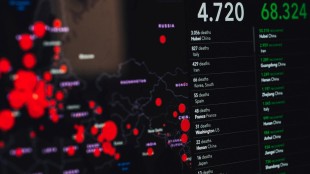Pay-per-read: The Cost of Revitalizing the Newspaper Industry
(Source) The first published newspaper in the United States predated the founding of the nation itself. For more than two hundred centuries, news companies across the nation have printed timely, important updates and other information for their readers. However, starting in the 1980s, the estimated circulation of newspapers in the U.S. began declining. Coincidentally, the Internet was invented in 1983 and was destined to change the future of printed newspapers. From 1984 to 2020, the circulation of newspapers decreased by nearly an estimated 40,000,000. From 2002 to 2020, newspaper publishers’ revenue dropped from $46.2 billion to $22.1 billion. In the decade spanning from 2008 to 2018, newspaper publishers’ advertising revenue declined by 62%, decreasing from $37.8 billion to $14.3 billion. Moreover, newspaper employment at U.S. newspapers dropped by 47% from 2008 to 2018. While revolutionary, the Internet did not single-handedly contribute to the decline of [read more]


